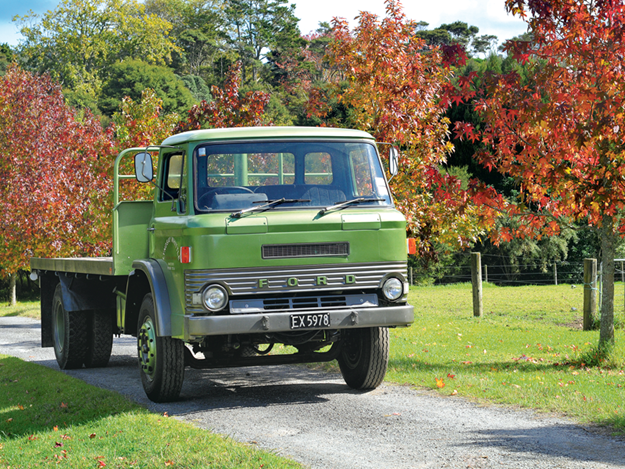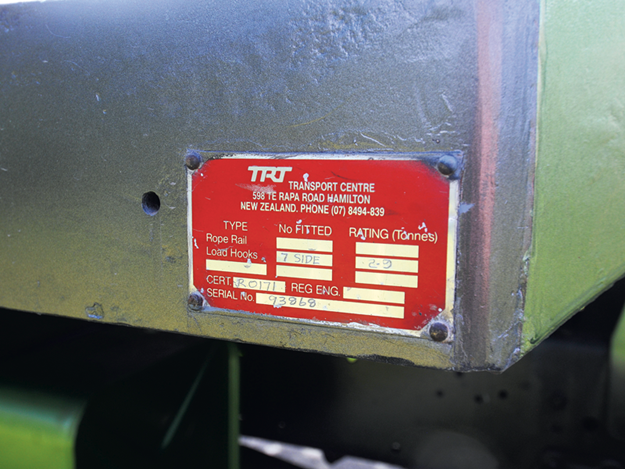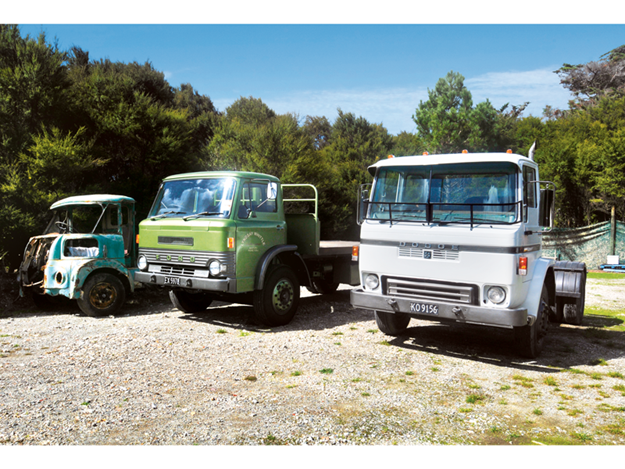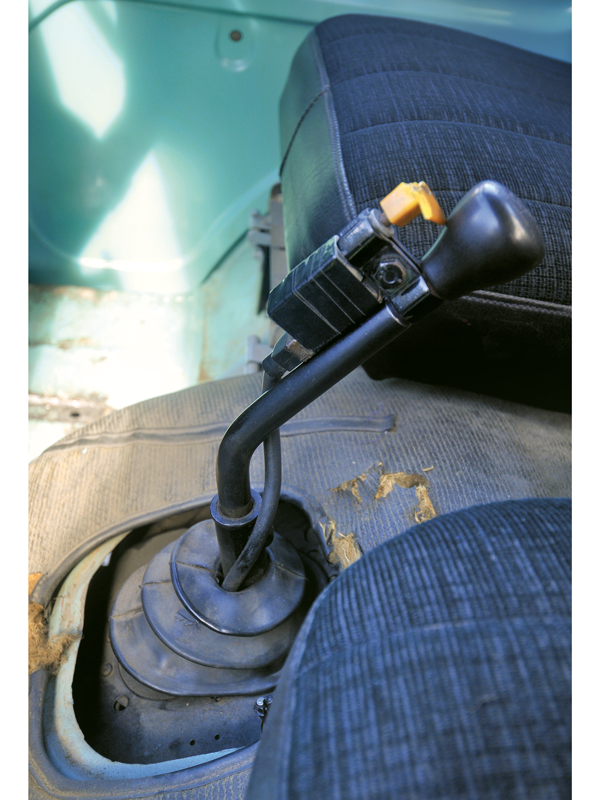Restoration: D Series Ford — final update
After waiting around for two years to get the brakes fixed, the Ford D-Series restoration is finally complete and the truck is now read-legal
 |
|
Two years since its completion and it’s finally road-legal
|
The reason for the Dodge not being the focus of attention this month is due to the return of another old restoration friend, the almost forgotten 1970 D Series Ford.
The last sighting of it was in Deals on Wheels #347 and its arrival at CRD Automotive on the back of a transporter.
Some readers will remember that I pulled the old D out of storage in mid-2019 and carried out a restoration between July that year and somewhere around February 2022.
Handing over the problem
 |
|
The dash is austere by today’s standards
|
Regular readers will have noticed last month’s closing comment regarding the Dodge ‘taking a backseat’ in this issue and probably wondered what that was all about. I can now explain.
The restoration had gone seemingly well until I struck a problem with getting the brakes working, so I sought assistance from Colin Dunn and his team at CRD.
 |
|
The tie hooks are still in certification
|
The best intentions often go awry, and such was the case with the D, as Colin had said at the get-go that he’d have to attend to my truck when the workshop had some spare time.
 |
|
The blue interior is a nod to the truck’s original colour inside and out
|
The positive component of the D’s lengthy stay at the workshop was that although it did accumulate a decent amount of dust, it was nevertheless housed in far better quarters than it will be living in now that it’s back on home turf in its truck port.
 |
|
A quick tutorial on Eaton two-speed operation
|
Typically, my restorations take place over a two- or three-year period, with the final chapter of the saga being signed off with the issuing of a COF (certificate of fitness).
Letting the readers down
While I felt like I’d let the readers down somewhat by not truly completing the D Series project, there was still the need to crack on with restoring the rest of the vehicles on my to-do list.
Given that the Dodge appeared to be the easiest-looking truck to attack, it naturally became the next cab off the rank so to speak.
I must now own up to the fact that initially, I thought the Dodge job would be relatively simple because its registration was on hold and it looked to be 60 to 70% complete, with the only obvious signs of any sort of restoration difficulty being the multitude of surface rust spots all over the cab, both inside and out.
The flaw in my calculation of the difficulty scale of the operation lies in the fact that we’re now over two years into the restoration and we still have several months to go in order to complete the task.
Gaining closure
Coming back to the D Series’ case — after the longest gestation period of my 12 or so years of truck restoration tenure, our esteemed editor has been able to commission Dave Lott to finalise this chapter in the traditional manner of performing a shakedown and photo shoot.
 |
|
The D with the current RG13 restoration and an FGK30 Morris parts truck
|
The D is number five on my restoration list, following the 1953 K Bedford (restoration 2012–2014), the Titirangi Volunteer Fire Brigade’s 1942 International (2015–2016), Mitsubishi FH140 (2016), and FGK30 Morris tow wagon (2016–2018).
All the vehicles are in the West Auckland workshop, and I can finally breathe a huge sigh of relief knowing that the Ford is now fully roadworthy.
With that accomplished, I can now move on to the completion of restoration number six, the RG13 Dodge.
 |
|
While the shift nob is a bit battered, shifting between ratios is seamless
|
However, there’s a tinge of sadness in the air as we move onto the final few months winding up my last truck restoration in what has been an RRR (rollercoaster restoration ride).
Silly acronyms aside, I must admit that it would’ve been great to carry on with the tradition for a few more years.
However, not being in possession of a bottomless pit of money, as mentioned a couple of issues ago, I’m going to have to call time on my passion and leave the A3, the A5 Bedford, and the iconic S Model Beddy to whatever fate befalls them.
In all probability, I will make a start on the big S Model and see where that takes us, but in all likelihood, instead of taking the traditional two to three years to complete the restoration, it’ll be a labour of love that will take a hell of a lot longer, thus there will only be the occasional update appearing in the magazine as and when the Ed has the space to tell the story.
It appears that I get a bit of a rest this month with fewer words to write, thanks to the extra photos included this time round.
However, before signing off, I’d be remiss if I didn’t thank the following people for going the extra mile in finally getting the D Series over the finish line. Graeme Blackstock – D Series expert, for his mentorship and a huge number of spare parts.
Murray Firth, my workshop buddy who scratch-built the exhaust manifold. Feroz Khan aka ‘Fiji’ at CRD Automotive, who pushed the boat out to get the job completed.
Colin Dunn, the owner of CRD, for his mentorship and getting the brakes working. Simon Melling, workshop manager at CRD who attended to all the COF side of things.
 |
|
Two old-timers together
|
After the huge rush of adrenalin that accompanied the eventual completion of the D, I’m just kicking back and sifting through some photos of the D’s restoration process as a reminder of how far we’ve come.
Find new and used heavy machinery for sale in NZ
Keep up to date in the industry by signing up to Deals on Wheels' free newsletter or liking us on Facebook.

.jpg)


.jpg)


.jpg)



.png)
.png)
.png)
.png)
.png)

